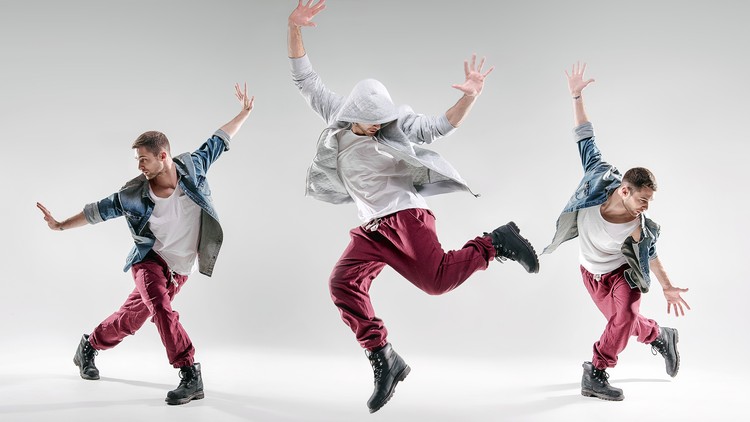

You can listen out for one of the items I listed in the music and create movement based on just that. Lyrics: Paying attention to the lyrics can help with musicality and character development Mood: Music can carry a particular mood be it happy, hopeful, adventurous, dramatic, sensual etc. Harmony: The supporting notes to the song-an under-layer Melody: The main tune in the song-usually the most memorable. Tempo: Tempo is the speed of the music, its pace There are a few ways in which the music can be dissected dancers can examine tempo, melody, harmony, rhythm, volume, mood, and lyrics. After that a dissection of the music occurs, listening to the song on repeat helps to grasp the layers within the music fully. For me, this is how I am able to come up with movements that feel natural to me, even if I am portraying a character outside of my usual choice.

I think it is even more important to choose music you can relate to in some way. Many people may choose a song based off of what is popular or considered a good pole song. Musicality is important for all styles of pole dance in that it involves hitting the beats, but also in that it sheds light on the the importance of feeling your music. Naturally people define musicality in array of ways, the definitions I found are a good start to understanding what it is. Musical creativity is the ability to “feel” the music and interpret, connect with, and add innovative movement. Perceiving music involves a knowledge of music in terms of tempo, rhythm, mood and phrasing. One way is the ability to perceive music, and the other is the ability to reproduce or create music.

Musicality is a word that often comes up in pole discussions, but what does it mean? A quick dictionary search tells us that there are two ways musicality can be defined.


 0 kommentar(er)
0 kommentar(er)
